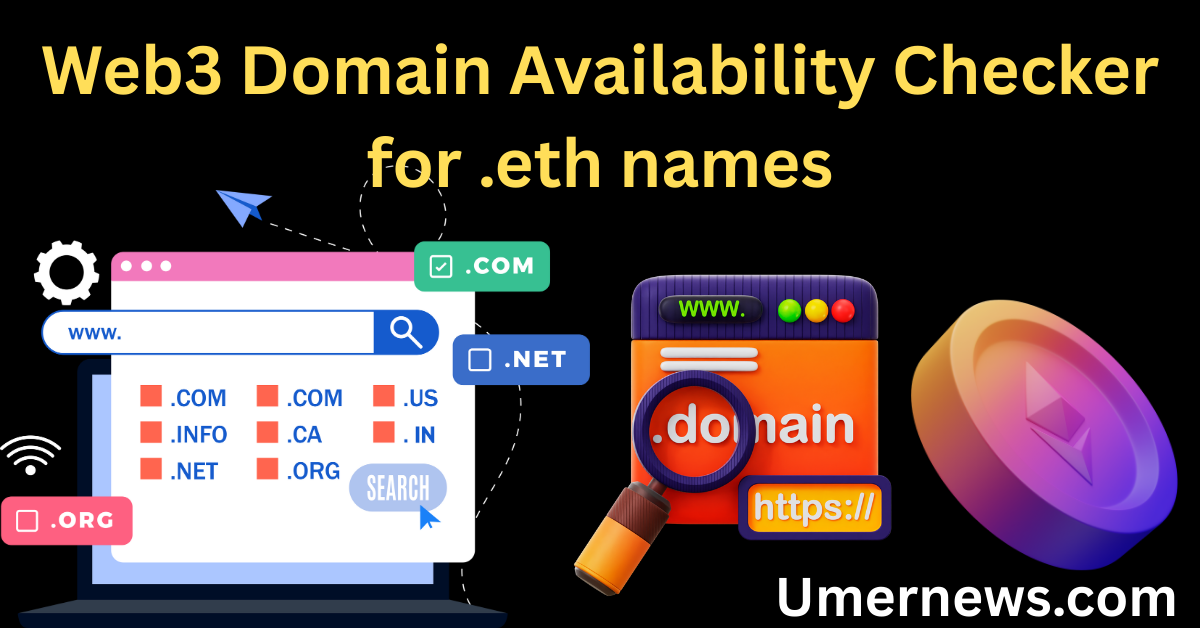Microlearning Course Duration Estimator Free
Contents
- 1 Microlearning Duration Estimator
- 1.1 Microlearning Course Duration Estimator: Free Tool
- 1.2 Why Is Estimating Microlearning Duration So Hard?
- 1.3 Factors That Influence Microlearning Development Time
- 1.4 Your Free Microlearning Course Duration Estimator Framework
- 1.5 Tips for Speeding Up Your Microlearning Development
- 1.5.1 FAQ Section
- 1.5.1.1 What is microlearning and why is it effective?
- 1.5.1.2 How long should a microlearning course be?
- 1.5.1.3 How long does it take to create 1 minute of microlearning?
- 1.5.1.4 What are the key components of a microlearning module?
- 1.5.1.5 How do you measure the success of a microlearning program?
- 1.5.1.6 What are some common mistakes to avoid in microlearning?
- 1.5.1.7 What is a microlearning content development tool?
- 1.5.1 FAQ Section
- 1.6 Conclusion
Microlearning Course Duration Estimator Free

Microlearning Duration Estimator
Estimate the time needed to complete a microlearning course based on your inputs.
Support the Developer
If you find this tool helpful, consider a small donation to support my work.
Developed by Majid Farooq
Email: majidfarooq295@gmail.com
Microlearning Course Duration Estimator: Free Tool
Use our free microlearning course duration estimator to accurately predict development time. Learn how to create effective, bite-sized content faster.
If you’re an instructional designer or training manager, you know the challenge: estimating the time it takes to build a microlearning course. You might think, “It’s just a short course, it shouldn’t take long,” but the reality is often very different. Miscalculating this can lead to missed deadlines, budget overruns, and frustrated stakeholders. The good news? You can get a much better handle on this with a reliable microlearning course duration estimator. This tool isn’t just about speed; it’s about smart planning. It helps you accurately forecast development time, ensuring your projects are realistic and your team stays on track.
This article will break down how these estimators work and provide a simple, free framework you can use right now. We’ll cover the factors that influence development time and share practical tips to streamline your process. By the end, you’ll be able to confidently predict your project timelines, making your L&D workflow more efficient and predictable.
Why Is Estimating Microlearning Duration So Hard?
At first glance, a microlearning module—say, a 5-minute video or a short quiz—seems simple. However, the work behind the scenes is anything but. The “one-minute rule” (1 minute of finished content equals X hours of development) is a common but often inaccurate benchmark. That’s because it doesn’t account for the unique complexities of different projects.
For example, a simple text-based module will take far less time to produce than an interactive simulation with custom graphics and voiceovers. Accurately estimating requires a structured approach that considers all the moving parts. This is where a microlearning course duration estimator becomes an invaluable tool. It helps you move past guesswork and base your timeline on concrete variables.
Factors That Influence Microlearning Development Time
Several key variables affect how long it takes to create a microlearning course. You can’t just look at the final runtime; you need to consider the level of complexity, the type of media, and the collaboration involved.
- Content Complexity: Is the content brand new and needs extensive research, or is it a simple conversion of existing material?
- Interactivity Level: Does the course just present information (low interactivity) or does it require users to make choices, solve problems, or engage with simulations (high interactivity)?
- Media Production: Are you using stock images and simple text, or are you creating custom animations, professional video shoots, or complex voiceovers?
- Subject Matter Expert (SME) Review: How quickly and efficiently can you get feedback and approvals from your SMEs? Delays here can seriously impact your timeline.
Your Free Microlearning Course Duration Estimator Framework
You don’t need expensive software to get a good estimate. This simple framework acts as a microlearning course duration estimator free to use tool. Just assign points to each factor based on your project’s characteristics and then calculate the total.
| Factor | Low Complexity (1 point) | Medium Complexity (3 points) | High Complexity (5 points) |
| Content Sourcing | Pre-written text, simple rewrite | Requires moderate research | Extensive research, new content creation |
| Interactivity | Simple clicks, next button | Quizzes, drag-and-drop | Simulations, branching scenarios |
| Media Use | Stock photos, basic graphics | Basic video, infographics | Custom animation, professional voiceover |
| SME Review | Single review, quick turnaround | Multiple reviews, moderate delays | Many stakeholders, potential for delays |
How to Use the Framework:
- Assign Points: For your project, select one point value (1, 3, or 5) for each of the four factors.
- Calculate Total Points: Add up the points. Your score will be between 4 and 20.
- Estimate Hours: Use the following formula to get your estimated development hours:
- Low Score (4-7 points): 10-20 hours per 5 minutes of finished content.
- Medium Score (8-14 points): 20-40 hours per 5 minutes of finished content.
- High Score (15-20 points): 40-60+ hours per 5 minutes of finished content.
This simple calculation gives you a much more realistic starting point than a random guess. While these are estimates, they help you have more informed discussions with your team and stakeholders.
Tips for Speeding Up Your Microlearning Development
Once you have a duration estimate, you can look for ways to optimize your workflow. Here are some strategies to help you get projects done faster without sacrificing quality.
- Standardize Templates: Use a consistent template for your microlearning modules. This saves time on design and layout decisions.
- Batch Production: If you have multiple similar modules, batch your work. For example, record all your voiceovers in one session or create all your graphics at once.
- Streamline SME Feedback: Use a single, shared document for feedback to avoid version control issues. Clearly communicate deadlines and expectations.
- Leverage AI Tools: Use AI-powered tools for tasks like scriptwriting, summarizing content, or creating simple images. This can significantly reduce development hours.
FAQ Section
What is microlearning and why is it effective?
Microlearning delivers content in small, digestible chunks, typically 3-10 minutes long. It’s highly effective because it caters to short attention spans, allows for just-in-time learning, and improves knowledge retention by focusing on a single, specific objective.
How long should a microlearning course be?
A microlearning course should ideally be between 3 and 10 minutes. The exact duration depends on the topic and its complexity, but the goal is to keep it focused on one learning objective.
How long does it take to create 1 minute of microlearning?
The time to create 1 minute of microlearning varies widely. A simple text-based module might take 2-4 hours, while a complex, interactive video could take 8-12 hours or more. This is why using a microlearning course duration estimator is so important.
What are the key components of a microlearning module?
A typical microlearning module includes a clear learning objective, concise content (e.g., video, infographic, text), and a short assessment or activity to reinforce the learning. It should be easily accessible on a mobile device.
How do you measure the success of a microlearning program?
Success can be measured by assessing learner engagement, completion rates, and performance improvements. You should also gather feedback from learners to see if the content is meeting their needs.
What are some common mistakes to avoid in microlearning?
Avoid cramming too much information into a single module. Each piece should have one clear objective. Also, don’t just shorten a long course; redesign it to be truly “micro” and specific.
What is a microlearning content development tool?
Microlearning content development tools are software and platforms used to create and deliver short, focused learning content. Examples include authoring tools like Articulate Storyline, video creation software, and mobile learning platforms.
Conclusion
Accurately estimating the development time for microlearning isn’t a dark art—it’s a process. By using a framework like the microlearning course duration estimator, you can move past guesswork and make data-driven decisions. This allows you to set realistic expectations, manage resources effectively, and ultimately deliver high-quality content on time. Start using this simple tool today and watch your project planning become more precise.
What’s your biggest challenge when estimating project timelines? Share your thoughts in the comments below!








